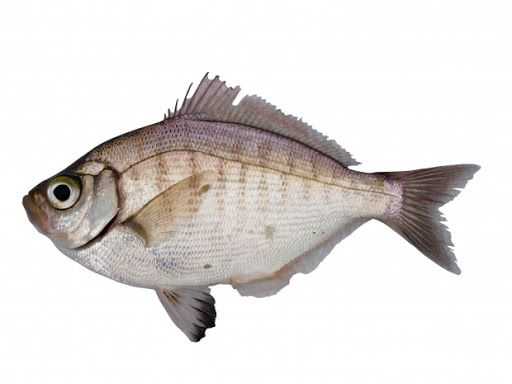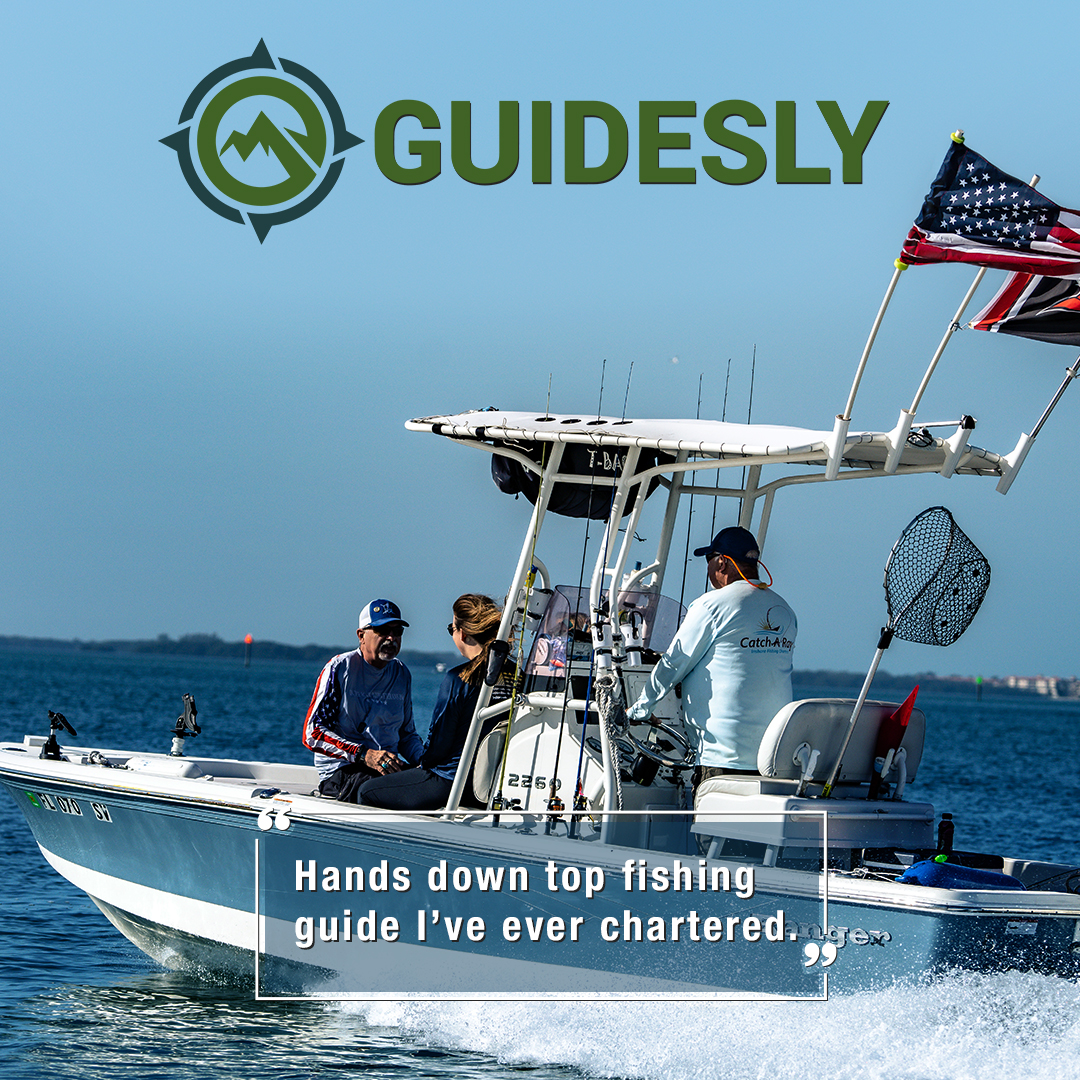Walleye Surfperch

Species Details
Hyperprosopon Argenteum
Embiotocidae
Perciformes
inshore, Kelp Forests, Bays, Wharves, Beaches, Jetties
1 - 2 lbs.
10" - 12"
Walleye Surfperch (Hyperprosopon argenteum) Description
The Walleye Surfperch is a small saltwater fish with a slim oval body. They have dusky caudal and anal fins and their pelvic fins’ tips are black. Their dorsal fins have 8 to 10 spines while their anal spines are 3. They have a dark blue hue on top and silvery on the rest. The walleye surfperch have small heads and mouths while their eyes are disproportionally large. The species that are closely related to the walleye surfperch are the Barred Surfperch.
Walleye Surfperch Size and Diet
The walleye surfperch is a small fish. The biggest walleye surfperch ever caught was 12 inches long. The average weight and length of the walleye surfperch are currently unknown, but most anglers catch them between 5 to 7 inches and weigh less than a pound. The walleye surfperch are carnivores and they primarily eat small crustaceans, worms, and mollusks.
Interesting Facts About the Walleye Surfperch
- The juvenile walleye surfperches have yellow-golden vertical stripes along their body. As they grow older, these vertical stripes slowly fade.
- The walleye surfperch are demersal fish, meaning they dwell in the bottom. Despite being bottom-dwellers they only reside in shallow waters.
- Catching a walleye surfperch can be used as baits for halibuts, which is why they are also considered as an important game fish.
- The walleye surfperch swim in small schools and are viviparous, meaning they give birth to live young.
- This fish matures quickly but also has a very short life span of only 6 years.
How to Fish the Walleye Surfperch
The walleye surfperch are plenty and are easy to fly fish. You can go to the nearest beach or piers in California and fly fish in the shallow waters. You will most likely find one in no time. With that being said, the best method to catch this fish is by surf fishing. They swim in shallow waters but they’re demersal, so you at least need to hit a depth near the bottom. You can check for kelp forests, or rocky areas, or sandy bottom beaches where schools of walleyes surfperch mostly thrive. Just cast your line on your spot and wait to hit a nice depth near the bottom between surface down to 60 feet. Just wait for one to bite since the waves will move your bait for you.
Here are the recommended rigs by anglers for this game fish - use a 7 to 8-foot rod with a weight between 8 or 9 wt. For the reels, use a line between 8 to 10wt. To get to a nice depth, use 2 to 6 ounces sinkers with size 8-12 swivels. You can also use a high-low multi-rig to increase your chances with this small fish. For hook sizes, use #4 to #2 hooks for their small mouths.
For baits, you can use mole crabs, marine worms, shrimp, mussels, and clams. The best lure to use for a walleye surfperch is a bloodworm lure, crabs, or shrimp.
Habitat and Distribution of the Walleye Surfperch
The walleye surfperch is mostly found in the subtropical Eastern Pacific region. Their range is from Vancouver down to Baja California Mexico. They are common on every coast from this range. They prefer shallow inshore saltwater depths from near-surface to 60 feet. Most of the time they are fish by the beach, but you can also catch them in manmade structures such as jetties, piers, or bays where the area has kelp forests, sandy bottom area, and even rocky crevices.
Their season is whole year round but the peak season is from December to April, while their breeding season is from November to December. The best fishing spots for the walleye surfperch are mostly in California. You can try places such as the Capitola Wharf, Crystal Pier, Seal Beach Pier, or Malibu Pier. You can also fish them in Seattle. Try Cranberry Beach, Westport, Ilwaco Jetties, and Kalaloch Beach.







